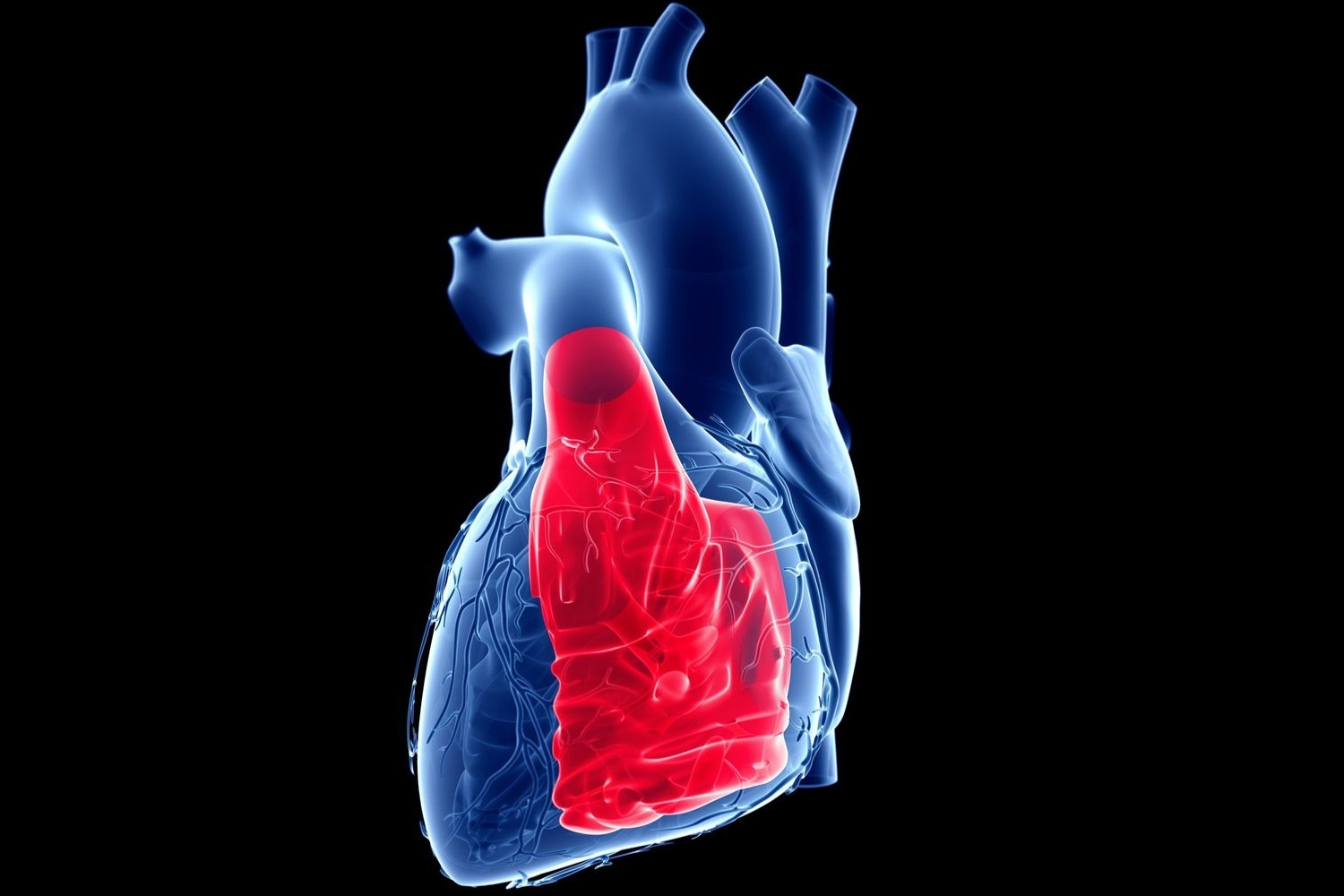
What are ventricles? Ventricle facts can be fascinating! These chambers in the heart and brain play crucial roles in our bodies. The heart's ventricles pump blood to the lungs and the rest of the body, while brain ventricles produce and circulate cerebrospinal fluid. Understanding ventricles helps us appreciate how our bodies function. Did you know the left ventricle is the strongest chamber in the heart? Or that brain ventricles can change size due to various conditions? Learning about ventricles can reveal surprising insights into health and anatomy. Ready to dive into 35 intriguing ventricle facts? Let's get started!
What Are Ventricles?
Ventricles are crucial parts of the brain and heart. They play significant roles in maintaining bodily functions. Let's dive into some fascinating facts about these vital structures.
-
The human brain has four ventricles. These are two lateral ventricles, the third ventricle, and the fourth ventricle.
-
Ventricles in the brain are filled with cerebrospinal fluid (CSF). This fluid cushions the brain and spinal cord from injury.
-
The lateral ventricles are the largest. They are located in each hemisphere of the brain.
-
The third ventricle is a narrow cavity. It sits between the two halves of the brain.
-
The fourth ventricle is located in the brainstem. It connects to the central canal of the spinal cord.
-
CSF is produced by the choroid plexus. This structure is found in all four ventricles.
-
CSF circulates through the ventricles. It then flows around the brain and spinal cord.
-
The brain produces about 500 milliliters of CSF daily. However, only about 150 milliliters are present at any time.
-
CSF helps remove waste products from the brain. It also provides nutrients to the nervous system.
Ventricles in the Heart
Heart ventricles are muscular chambers that pump blood. They are essential for circulation and overall health.
-
The human heart has two ventricles. These are the left ventricle and the right ventricle.
-
The left ventricle pumps oxygenated blood. It sends blood to the entire body through the aorta.
-
The right ventricle pumps deoxygenated blood. It sends blood to the lungs for oxygenation.
-
The left ventricle has thicker walls. This is because it needs to pump blood with more force.
-
The right ventricle has thinner walls. It only needs to pump blood to the nearby lungs.
-
Ventricles contract in a coordinated manner. This ensures efficient blood flow.
-
The heart's electrical system controls ventricular contractions. This system includes the sinoatrial node and atrioventricular node.
-
Ventricular fibrillation is a serious condition. It occurs when the ventricles quiver instead of contracting properly.
-
Ventricular hypertrophy is the thickening of ventricular walls. It can result from high blood pressure or heart disease.
-
The left ventricle is often called the "workhorse" of the heart. It does most of the pumping work.
Interesting Facts About Ventricles
Ventricles have unique features and functions that are worth exploring.
-
The word "ventricle" comes from the Latin word "ventriculus." It means "little belly."
-
Ventricles are present in all vertebrates. This includes mammals, birds, reptiles, amphibians, and fish.
-
In fish, the heart has only one ventricle. It pumps blood to the gills for oxygenation.
-
Amphibians have a three-chambered heart. It includes one ventricle and two atria.
-
Reptiles have a partially divided ventricle. This allows for some separation of oxygenated and deoxygenated blood.
-
Birds and mammals have a four-chambered heart. This includes two atria and two ventricles.
-
The brain's ventricles can be affected by hydrocephalus. This condition involves an accumulation of CSF, leading to increased pressure.
-
Ventriculomegaly is the enlargement of brain ventricles. It can be detected through prenatal ultrasound.
-
The heart's ventricles can be affected by cardiomyopathy. This disease weakens the heart muscle.
-
Ventricular septal defect is a congenital condition. It involves a hole in the wall separating the heart's ventricles.
-
The brain's ventricles are involved in the glymphatic system. This system helps clear waste from the brain during sleep.
-
Ventricles can be visualized using imaging techniques. These include MRI and CT scans.
-
The brain's ventricles are interconnected. They form a continuous system of cavities.
-
Ventricular assist devices (VADs) can support heart function. They are used in patients with severe heart failure.
-
The heart's ventricles can be affected by myocarditis. This inflammation is often caused by viral infections.
-
Ventricles play a role in regulating intracranial pressure. This is crucial for maintaining brain health.
The Heart of the Matter
Understanding the ventricles is crucial for grasping how our heart functions. These chambers pump blood throughout our body, ensuring every cell gets the oxygen and nutrients it needs. The left ventricle handles oxygen-rich blood, sending it to the body, while the right ventricle pumps oxygen-poor blood to the lungs for a fresh supply of oxygen.
Knowing these facts can help you appreciate the complexity and importance of your heart. It's a powerful muscle working tirelessly to keep you alive. Regular check-ups, a healthy diet, and exercise can keep your heart in top shape.
So next time you feel your heartbeat, remember the incredible work your ventricles are doing. They’re not just part of your heart; they’re essential to your life. Keep them healthy, and they’ll keep you going strong.
Was this page helpful?
Our commitment to delivering trustworthy and engaging content is at the heart of what we do. Each fact on our site is contributed by real users like you, bringing a wealth of diverse insights and information. To ensure the highest standards of accuracy and reliability, our dedicated editors meticulously review each submission. This process guarantees that the facts we share are not only fascinating but also credible. Trust in our commitment to quality and authenticity as you explore and learn with us.
